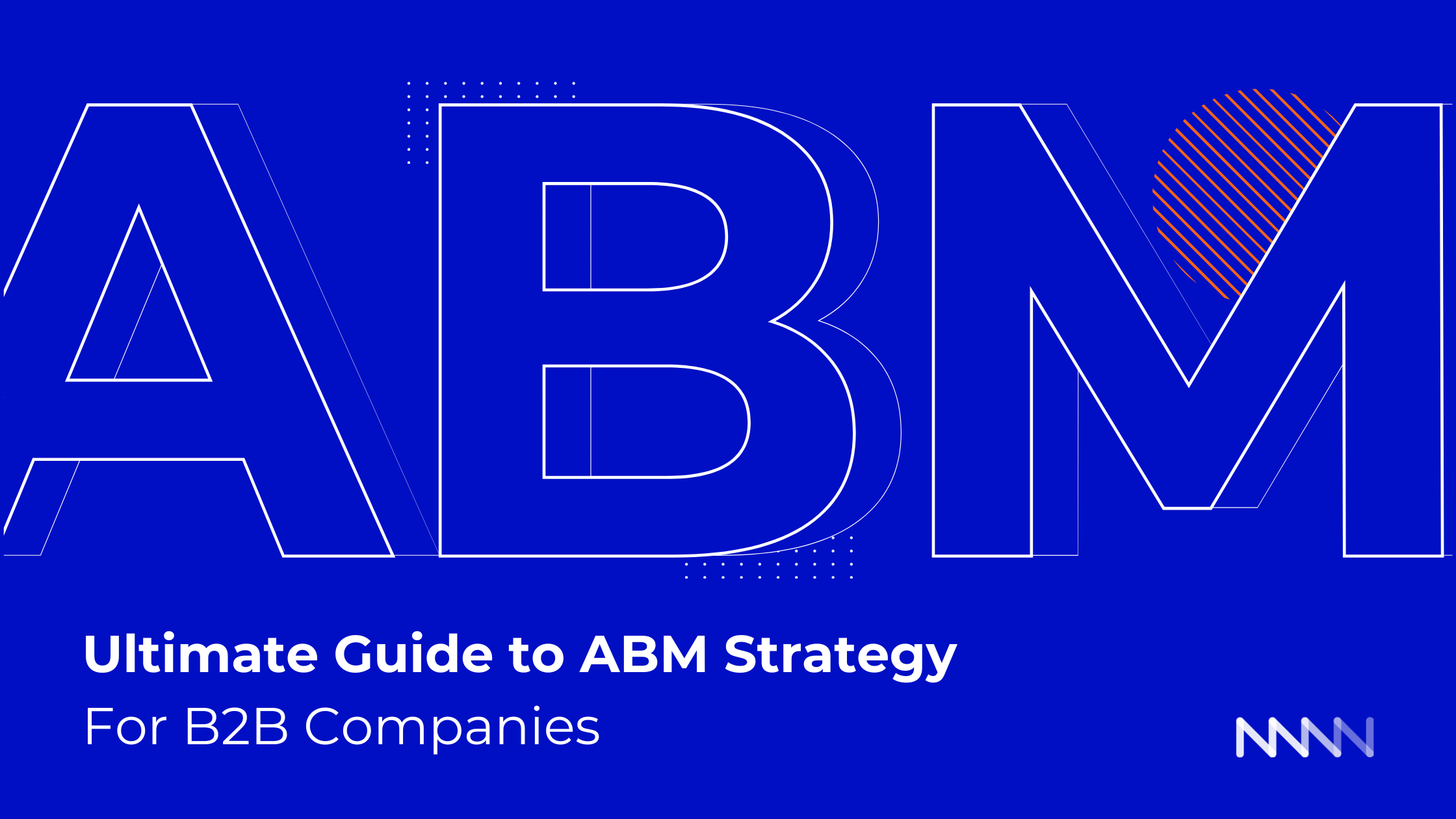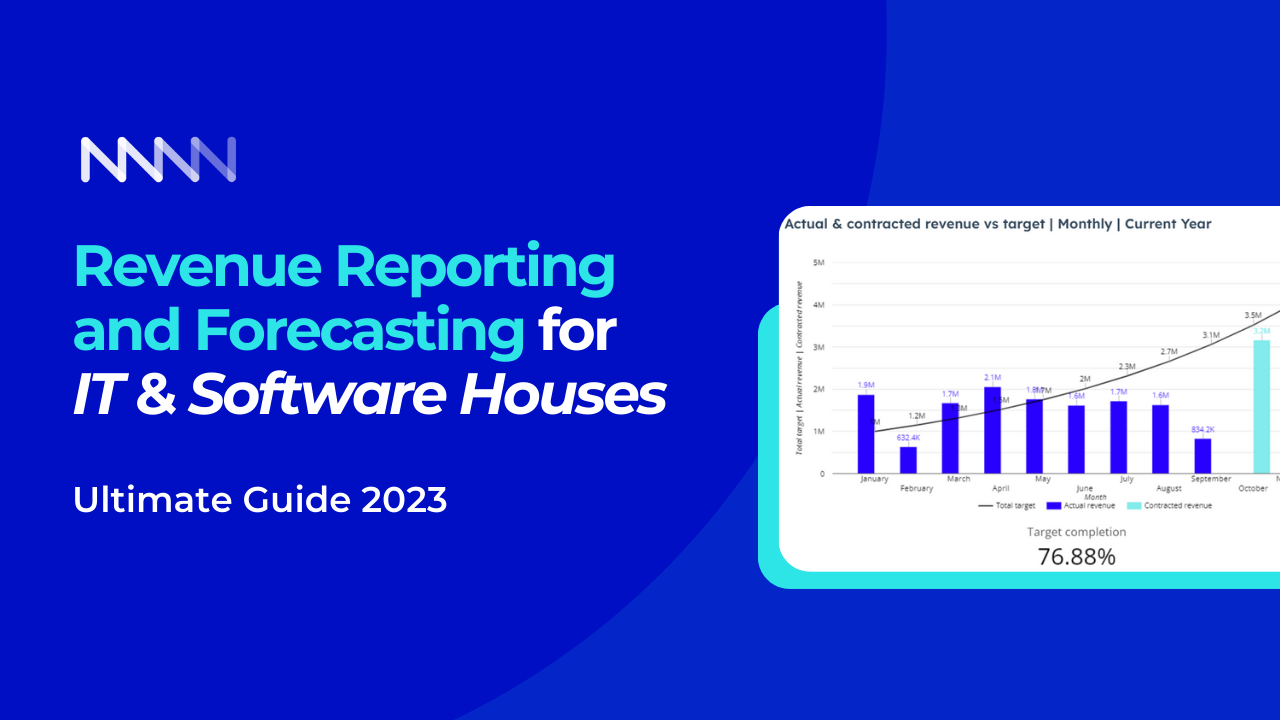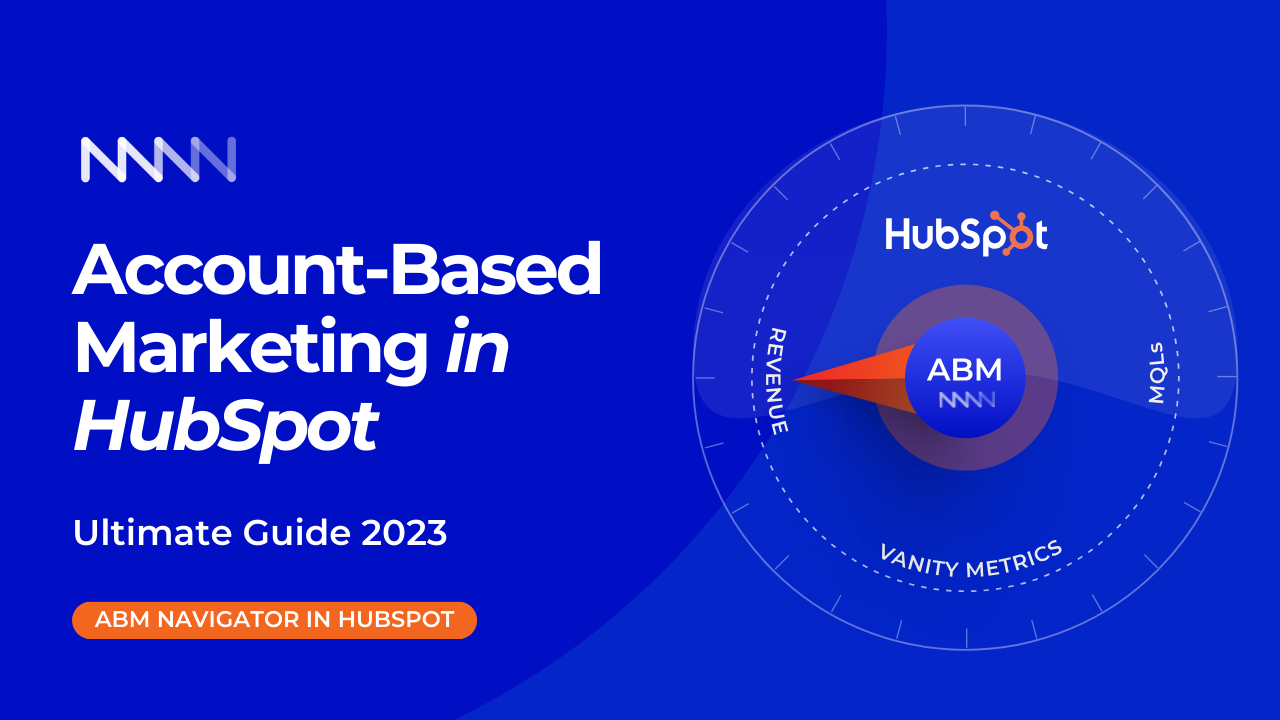15 MIN READ
Related articles
December 14, 2023
November 17, 2023
From this article, you'll learn what RevOps is and how to successfully implement it in your company.
Let's dive into it
Table of Contents
RevOps is the science of sustainable revenue growth (RevPartners).
From a strategic perspective, it's a decision from leadership to optimize all revenue-related processes.
RevOps seeks to accomplish that by focusing on the following areas:

Measurement & Forecasting - asking the right questions based on go-to-market motions and data measurement model.
Technology - recommending, integrating, and managing the technology stack.
Strategy & Planning - defining crucial elements for running go-to-market strategies.
Process & Workflows - workflow mapping and cross-department alignment.
Enablement - enabling and empowering human engagements across the customer journey.
Data Governance - collecting all customer and revenue process-related data with high quality and accuracy.
Change Management - embracing change in the organization and ensuring processes and tools adoption.
1. Companies need to find profitability to thrive.
RevOps reduces operational costs by removing friction in go-to-market processes. Additionally, it identifies non-ROI programs to shut them down and save money.
2. Companies cannot afford inefficiency in the go-to-market teams.
RevOps enables go-to-market teams to increase input and efficiency transforming the chaos of daily tasks into step-by-step playbooks.
3. Companies need to fine-tune their EXISTING pipeline.
RevOps finds gaps in the lead conversion rates at every stage of the customer journey and prescribes solutions to increase win rates and sales velocity.
4. Due to less market demand, companies need to focus more on the existing customer base and drive growth from retention and x-sell.
RevOps secures and increases recurring revenue by identifying customer churn risks and cross-sell & up-sell opportunities.
5. Companies lost control over the buyer journey due to broadband access to the internet (dark social).
RevOps helps companies to see the entire funnel and use data to tell a competitive story.
6. Before investing in a company, VCs evaluate its efficiency based on how it collects, analyzes, and uses data.
RevOps allows companies to collect all customer and revenue data with high quality and accuracy so they can easily report to investors.
Mid-sized companies typically add roles like operations, enablement, insights, and tools to their go-to-market teams for better collaboration and focus.
While not all roles may be feasible, they're a good starting point for RevOps alignment.
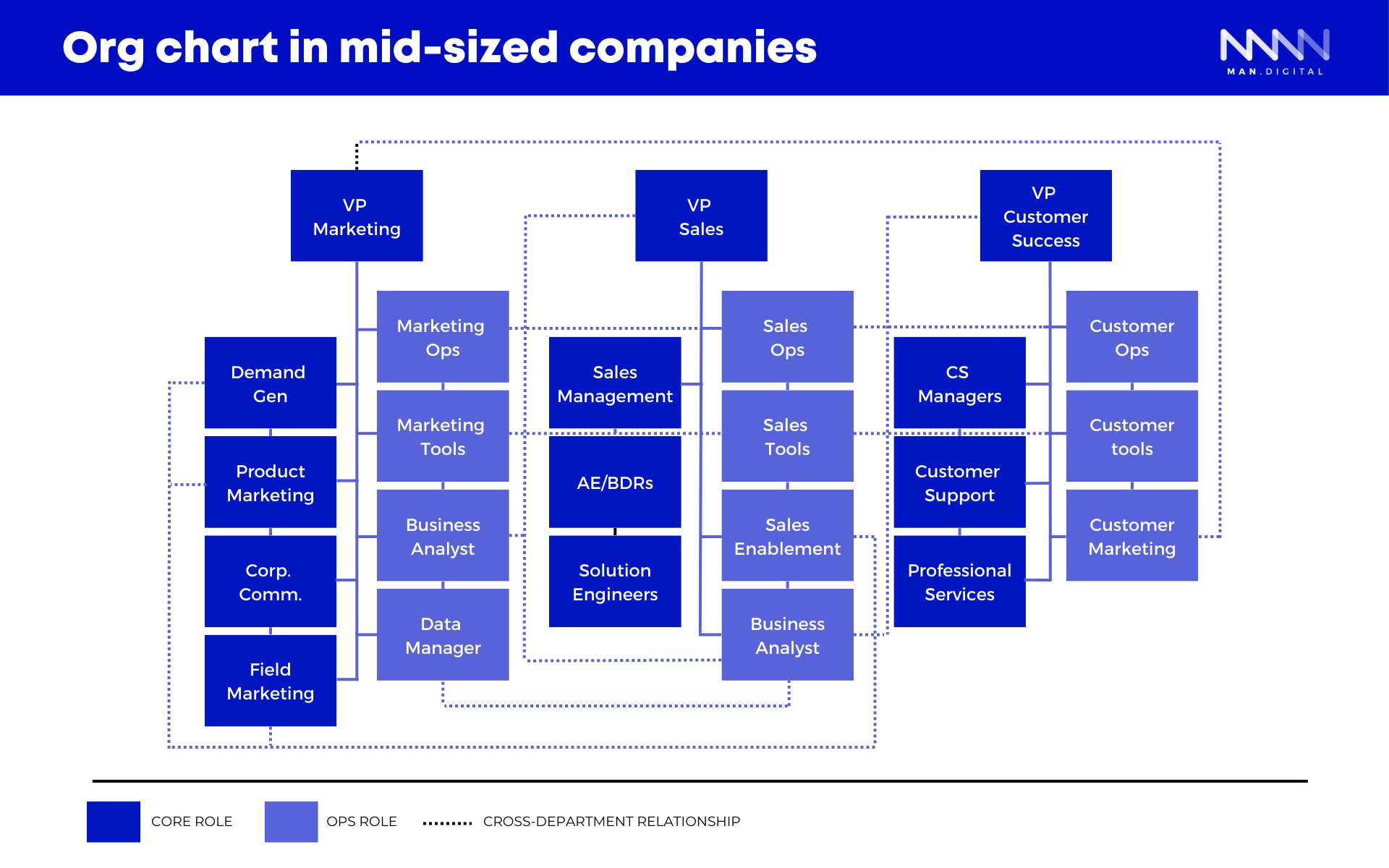
Yet, without a dedicated RevOps leader, there is less collective accountability. Consequently, functions and RevOps-specific roles might lose direction without central oversight.
Companies that want to introduce RevOps need to reorganize the whole org. structure under its umbrella. But... there is one objective to make it work.
RevOps needs to be an independent function sitting next to sales, marketing, and customer success leaders, not behind them.
Otherwise, the Revenue Operations team becomes an order-taker and system admin, not a strategic advisor, and business partner.
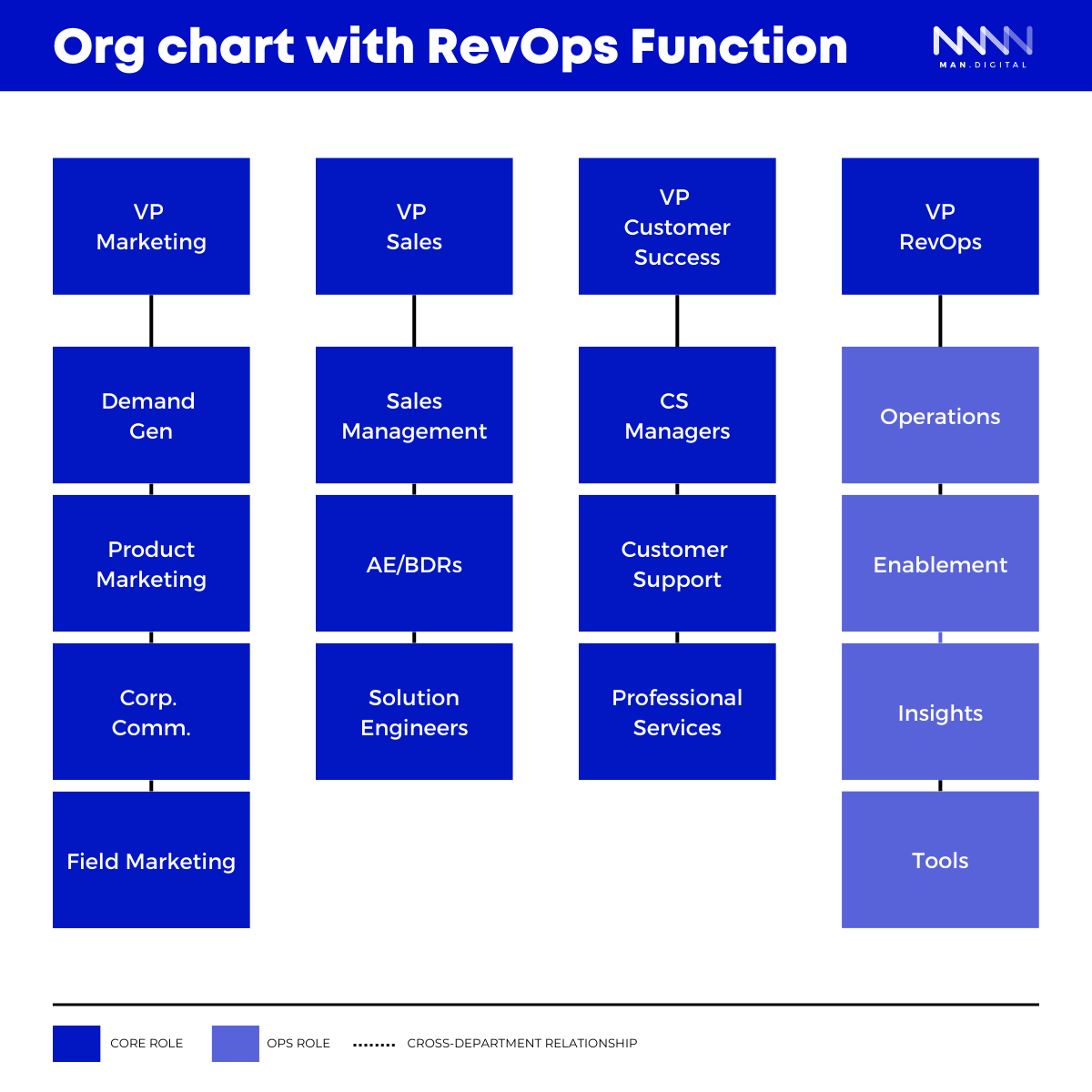
As you can see, an independent Revenue Operations team centralizes all RevOps responsibilities under one leader, promoting maximal alignment.
To successfully implement RevOps you need a roadmap guiding your actions step-by-step in specific time frames.
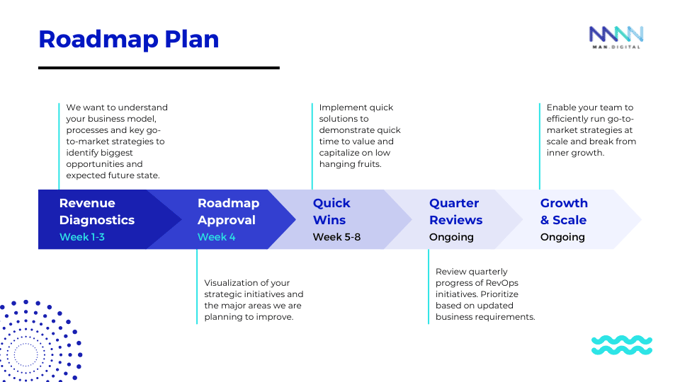
At this step, the RevOps team collects information on what data you're tracking in your CRM & tools and how you're doing it. For example:
What revenue performance metrics are you tracking?
Can you easily measure your leads & conversion rates?
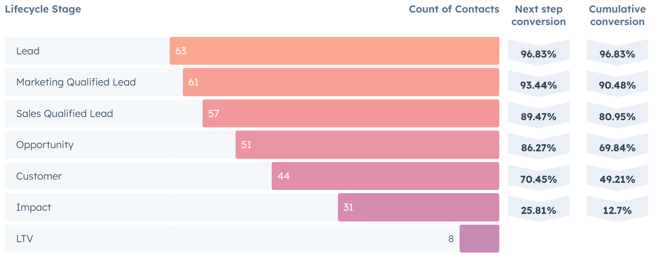
Do you know your sales cycle length?
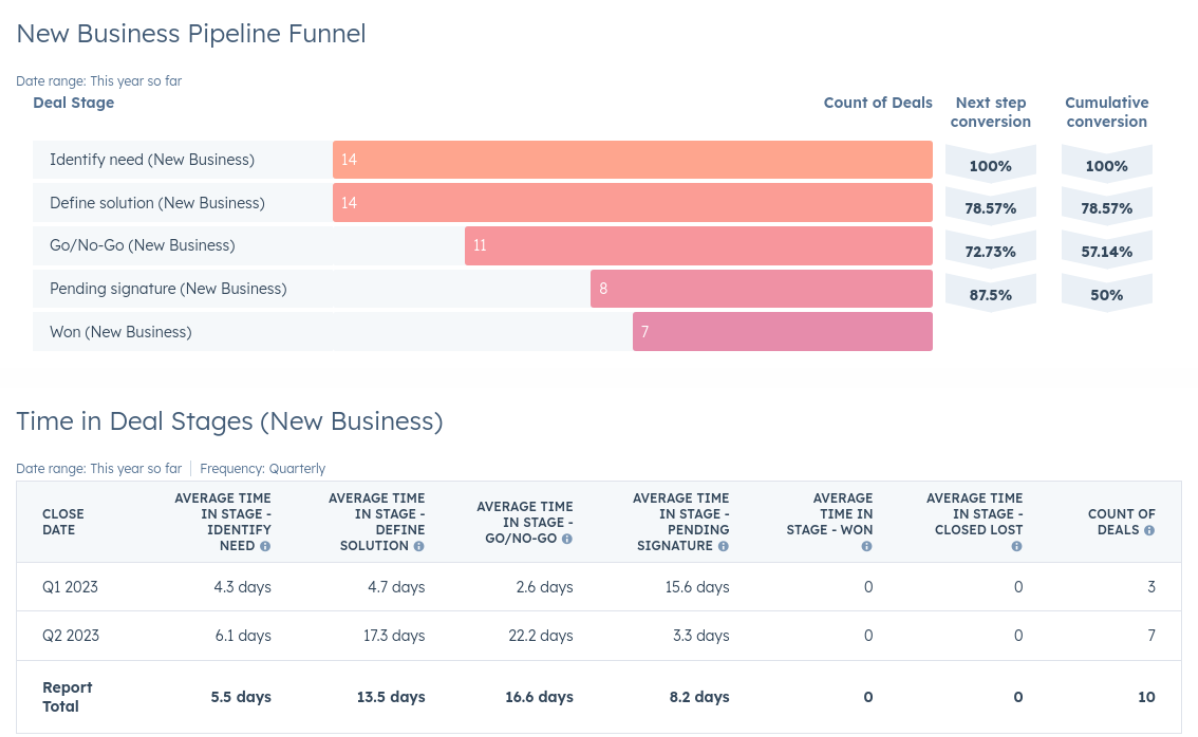
RevOps process mapping is the visual way of identifying, documenting, and analyzing all the processes and workflows involved in generating revenue.
It includes sales, marketing, and customer success.
RevOps team maps your current processes for 3 reasons:
Check the example of current process state mapping in Miro here:
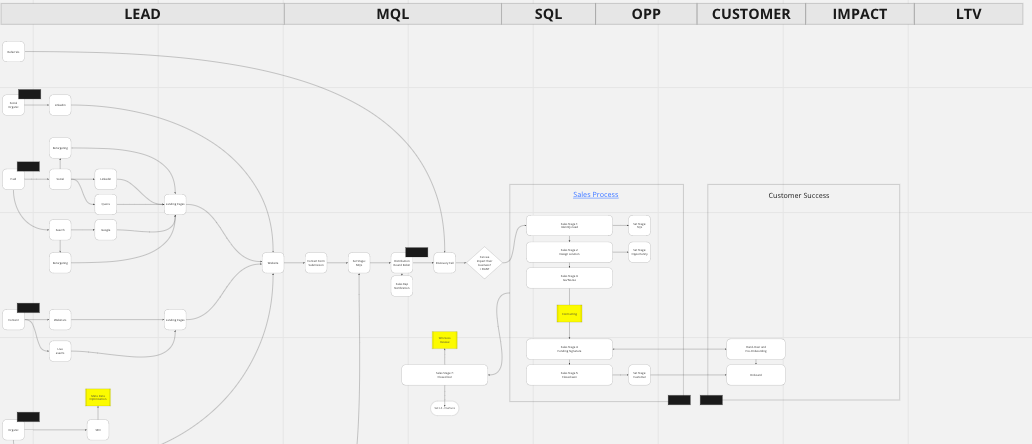 (Click the image to open the Miro board)
(Click the image to open the Miro board)
Based on that RevOps creates recommendation and build a plan to streamline your processes and reduce friction.
RevOps creates a future state process map to align all your teams on what a new or improved future will look like. It does that by answering questions like:
Check the example of future process state mapping in Miro here:
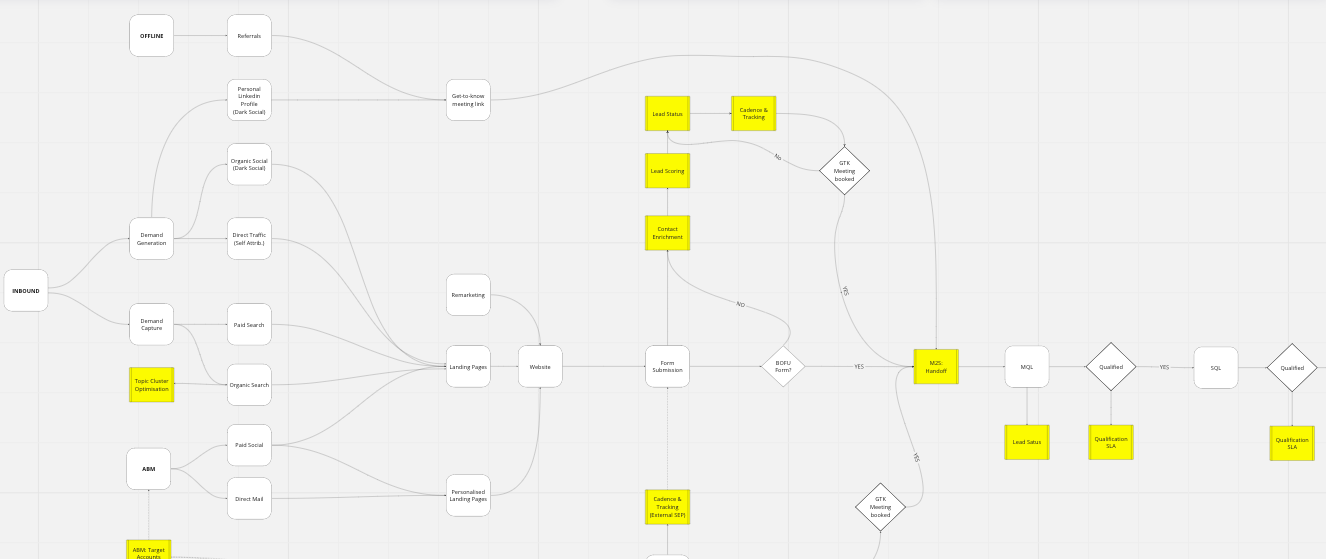 (Click the image to open the Miro boards)
(Click the image to open the Miro boards)
Once the process mapping is complete, the RevOps team identifies key initiatives aligned with the company's objectives.
(example of RevOps initiatives aligned with OKRs)
With strategic initiatives identified, the RevOps team builds a roadmap and sets milestones.
It serves as a visual guide that provides transparency, clarity, and accountability to all stakeholders.
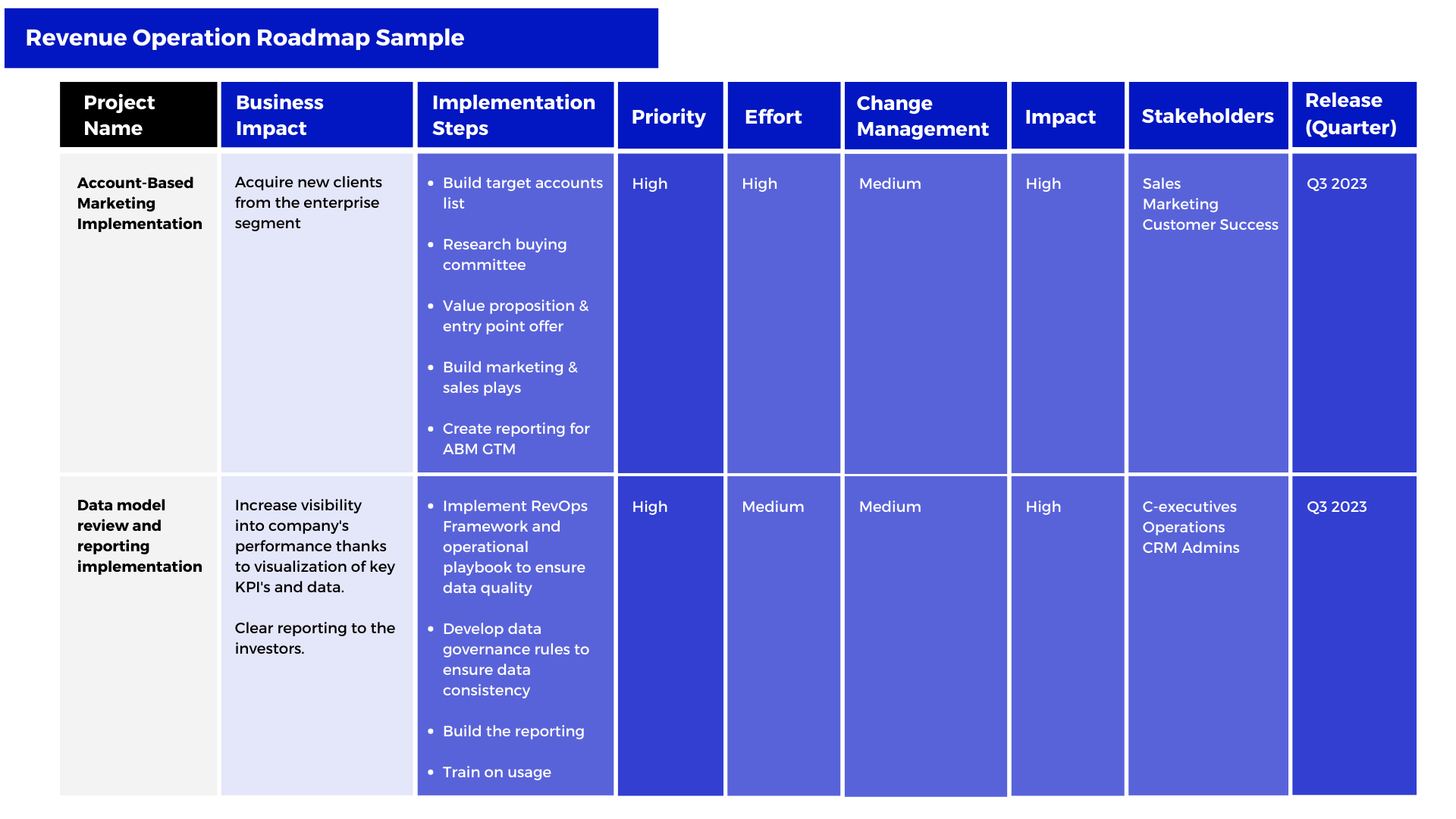 (RevOps Roadmap sample)
(RevOps Roadmap sample)
Check here how to build a RevOps Roadmap.
Based on the roadmap RevOps team identifies quick wins to capitalize on low-hanging fruits and demonstrate the value quickly. It can be for example:
Finally, the RevOps team establishes KPIs to measure the success of its initiatives.
They should be always aligned with the specific goals of each project.
For example, a KPI for the "boosting lead response" can be reducing contact time from 3 days to 24 hours.
Regular tracking and analysis of these metrics enable all stakeholders to:
The good standard is to review the progress of RevOps initiatives quarterly and prioritize new ones based on updated business requirements.

